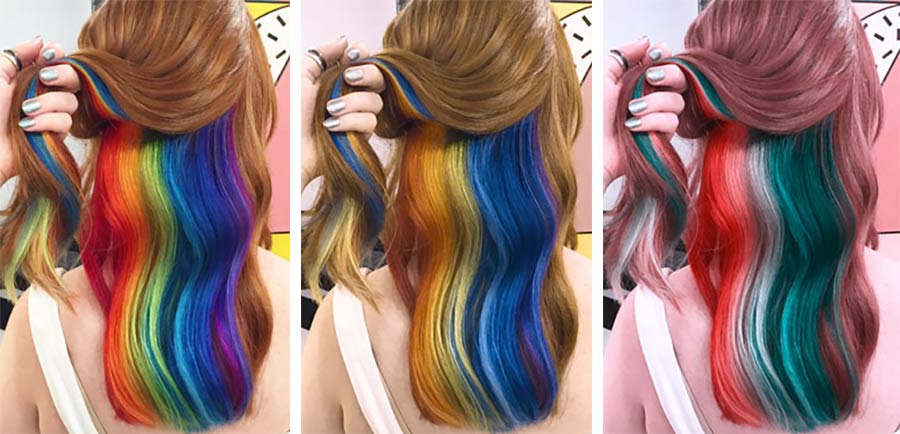
Wir haben ja bei seriesly AWESOME tatsächlich wen Farbenblindes im Team. Irgendwann fragte ich die Person mal, wieso sie in unserem Orga-Dokument immer andere Signalfarben nutzt als wir andere – ehe ich erfuhr, dass für sie alles identisch aussähe. Eine interessante Erkenntnis, die für ordentlich Gesprächsstoff sorgte. Als „Normalsehender“ (zumindest, was Farben angeht, ansonsten bin ich mit minus 10 Dioptrin nicht wirklich allsehend) hat man ja nicht wirklich ein Gefühl dafür, wie die Welt für Farbenblinde aussieht.
Unter Color-Blindness.com gibt es allerdings allerlei Informationen zu gängigen Seh-Erkrankungen und einige anschauliche Bilder gibt es auch, die die Unterschiede ganz gut zeigen. Solltet ihr bei einigen Bildern denken „ja, wo ist denn da der Unterschied?!“ solltet ihr vielleicht einen Augenarzt zurate ziehen…
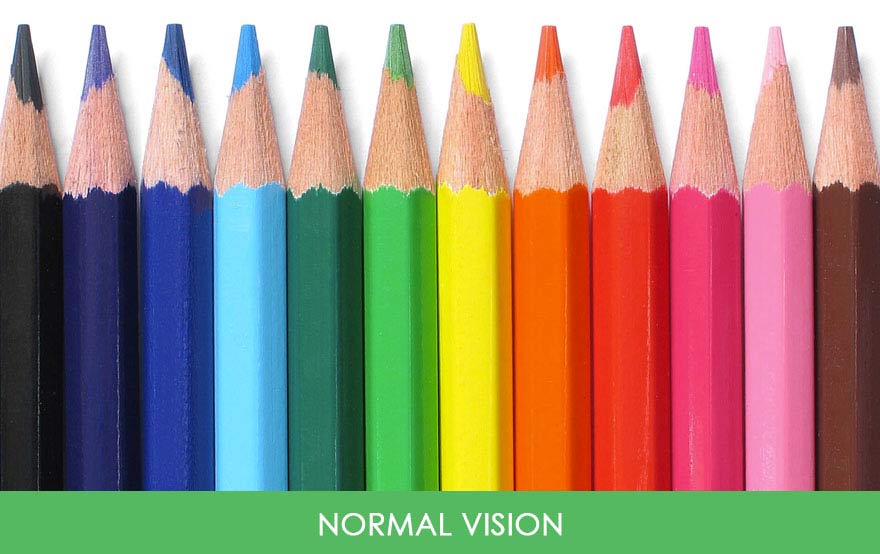
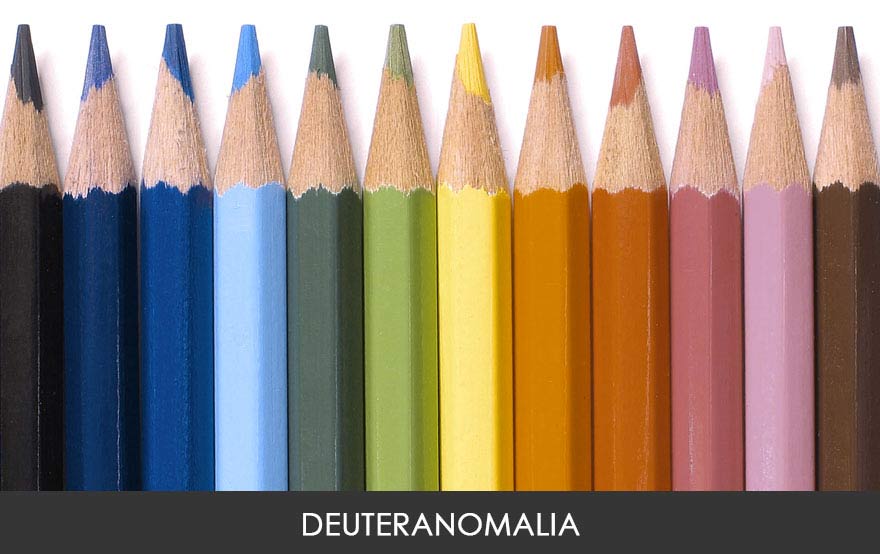
„The most common type of color blindness is called Deuteranomalia. Around 4.63% of men and 0.36% of women experience this type of color vision deficiency, many of whom don’t even realise. People with Deuteranomalia see a more subdued color palette, especially when it comes to colors like green and red.“
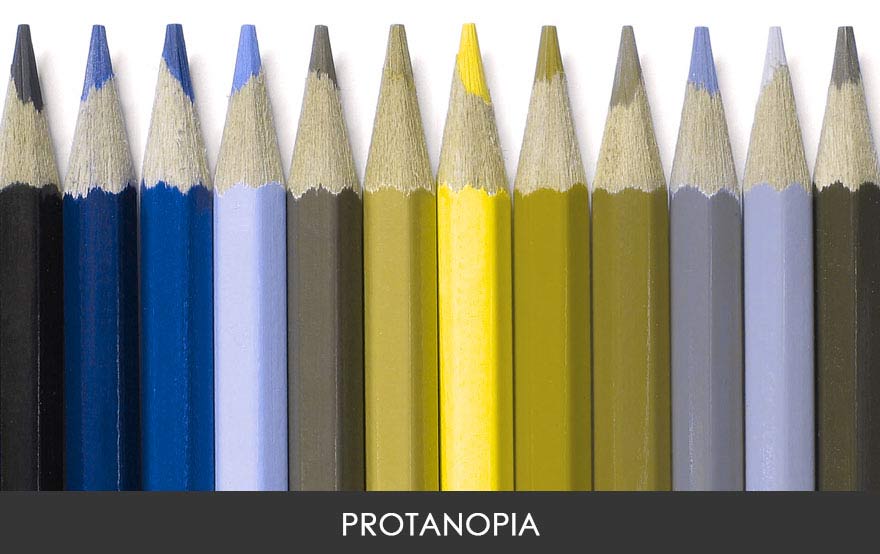
„When somebody has Protanopia, all shades of green and red look rather faded, whereas yellow and blue shades seem largely unaffected. Only around 1% of men experience this type of CVD.“
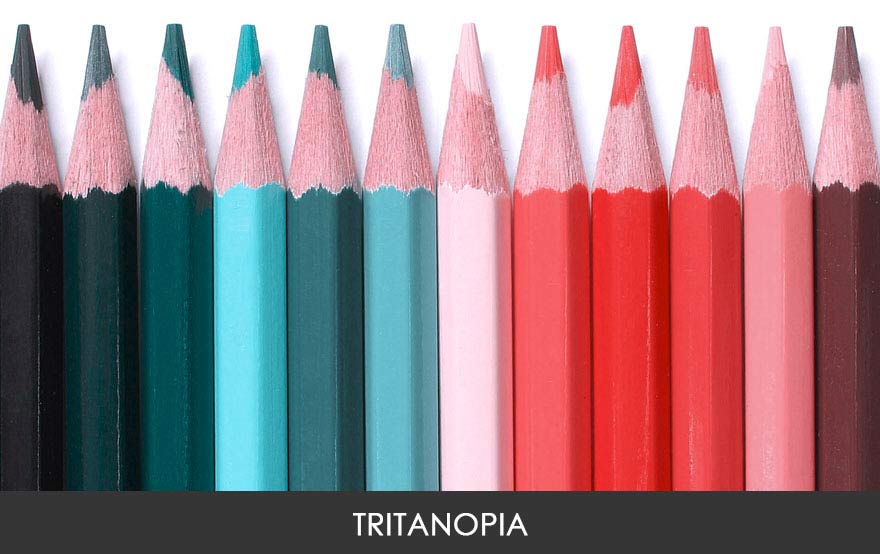
„People with Tritanopia see colors with a greenish/pink tone. It’s a very rare form of color blindness and is believed to affect only 0.0001% of men and women.“
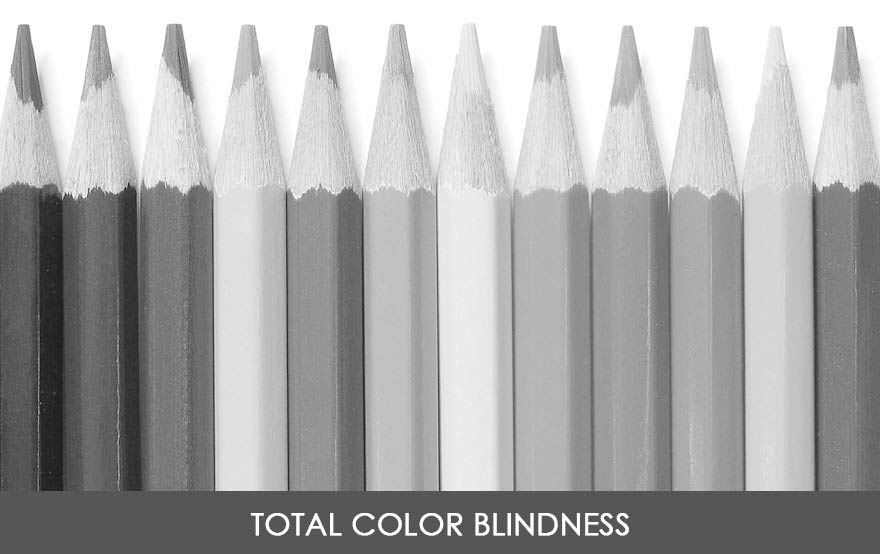
„Total color blindness, or Monochromacy, is the rarest form of color vision deficiency. People who have it can only see in black and white, but it’s estimated that only 0.00003% of the world’s population are affected by this particular condition.“
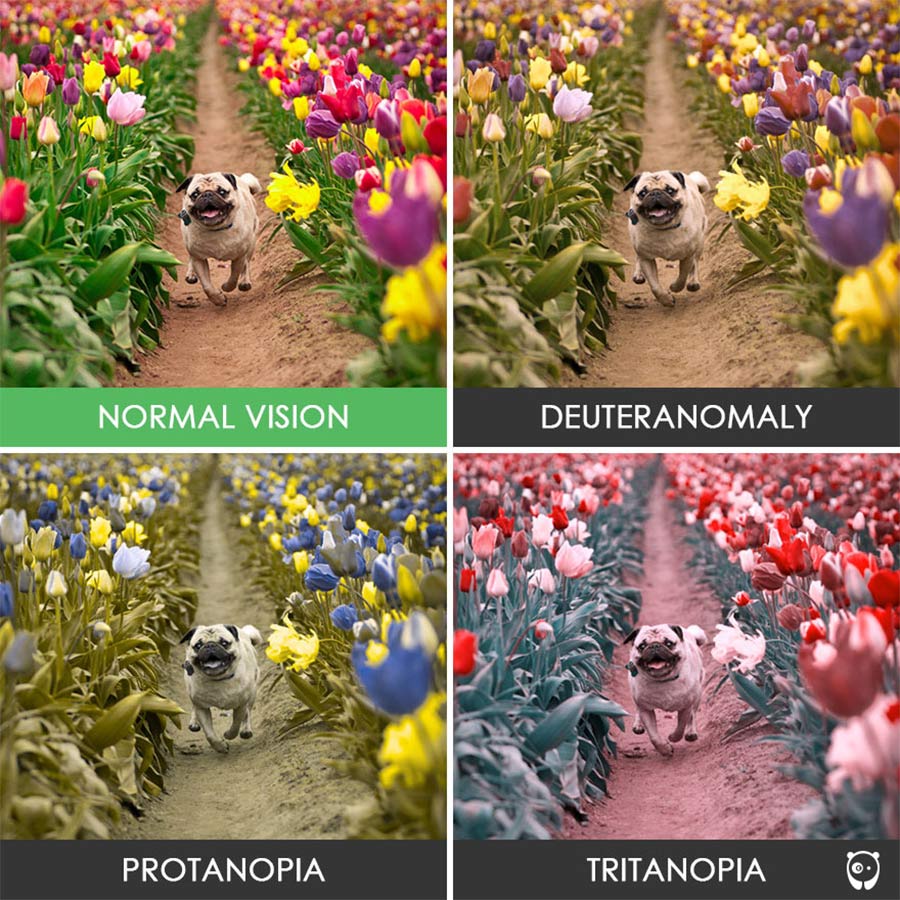
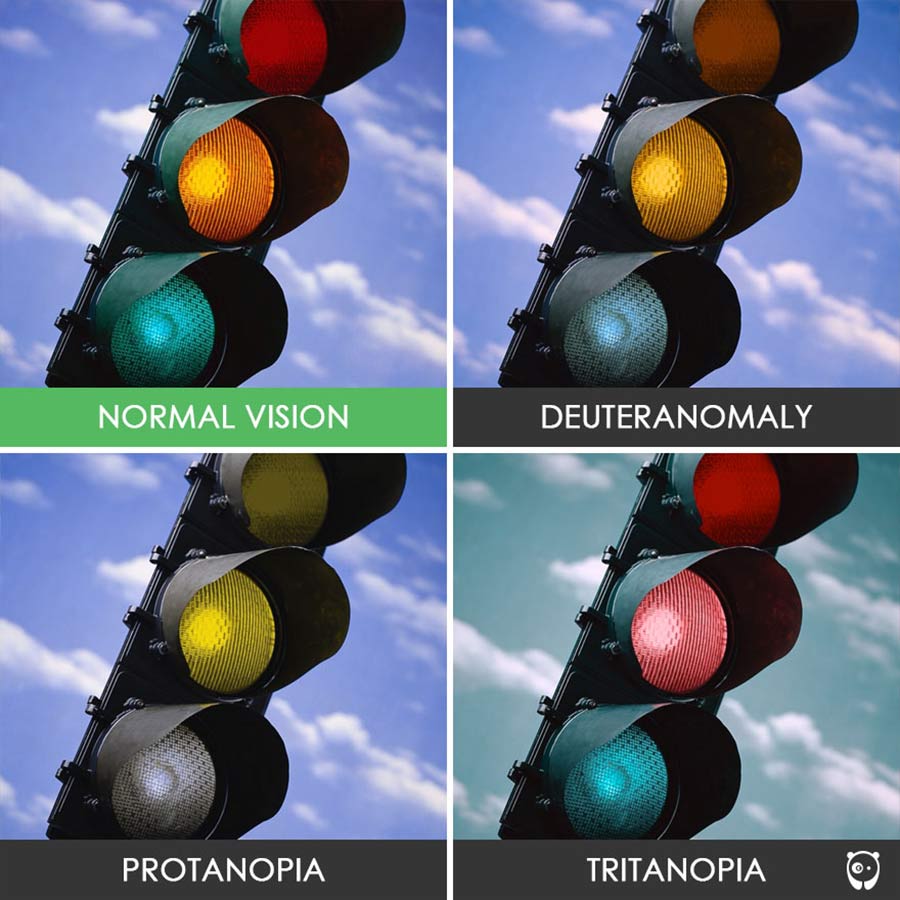
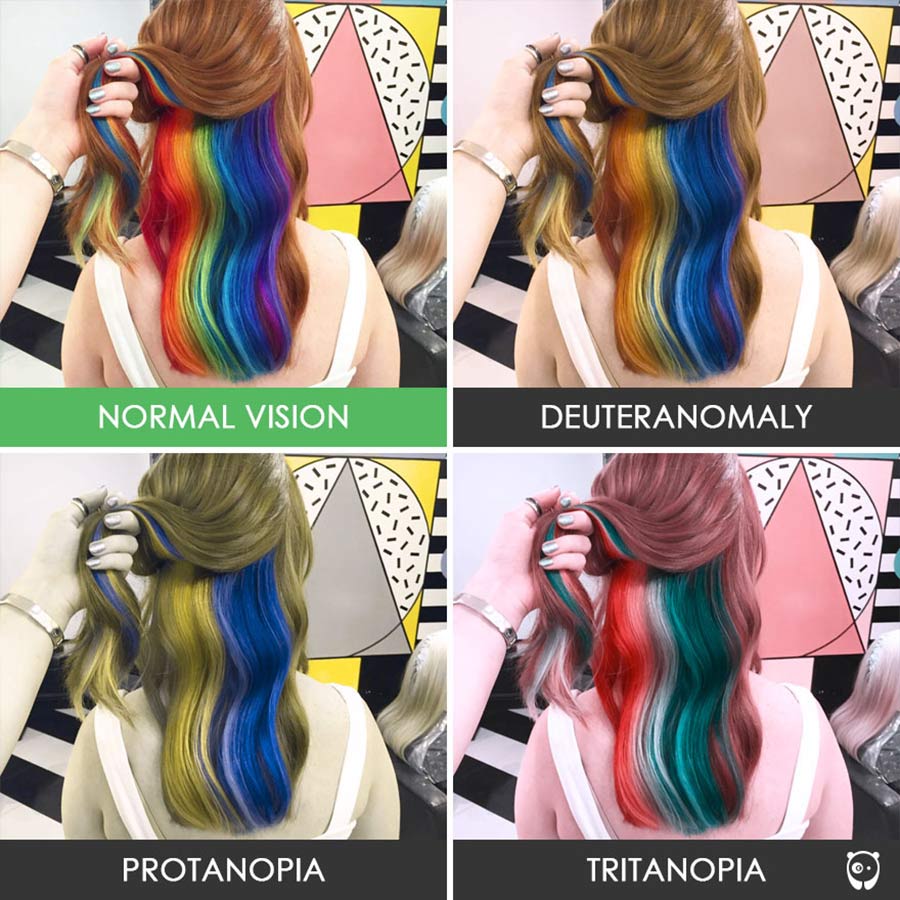

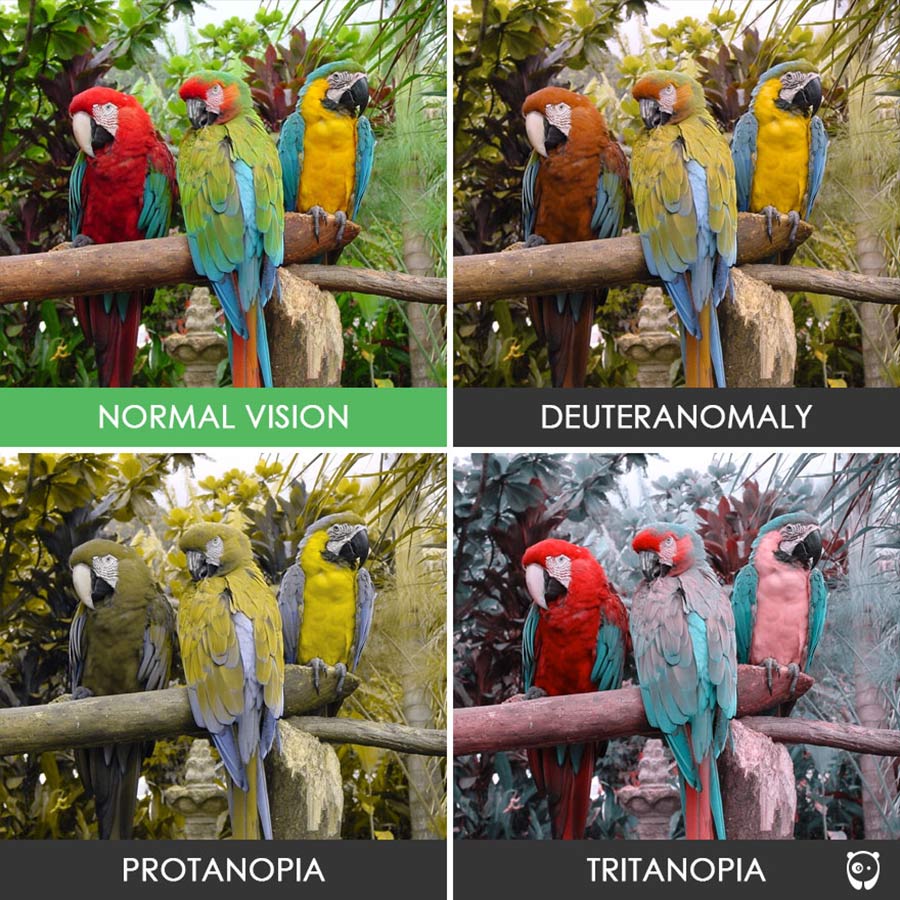

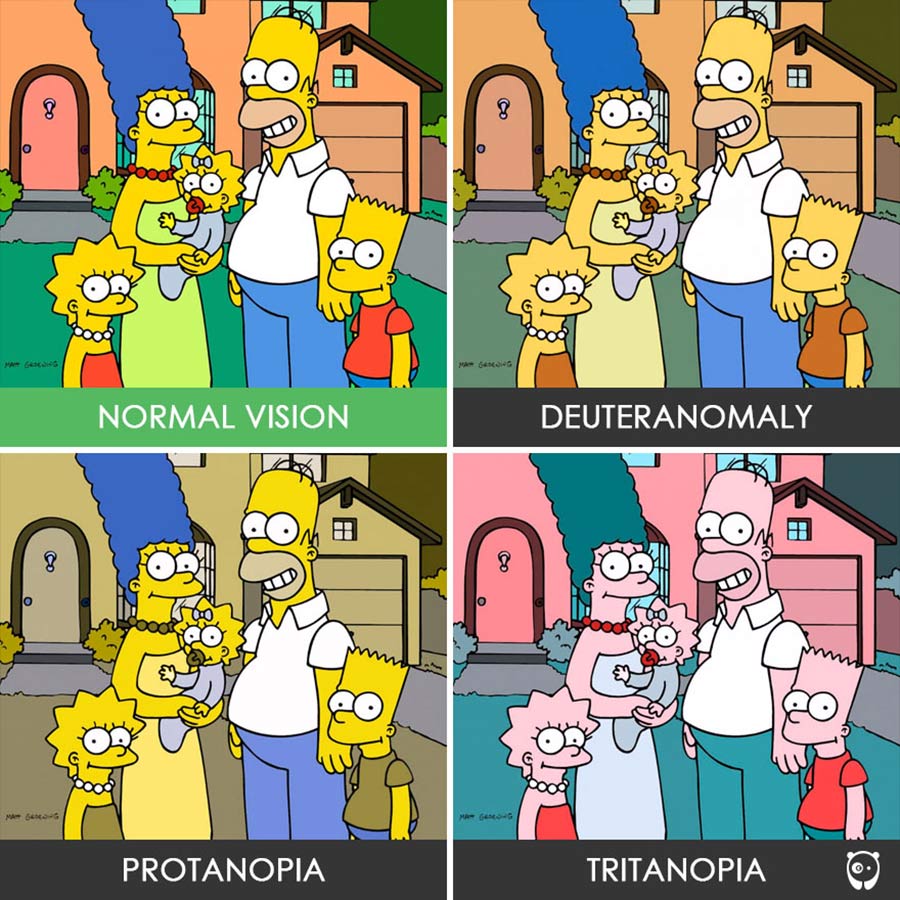






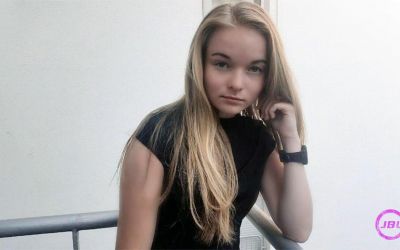







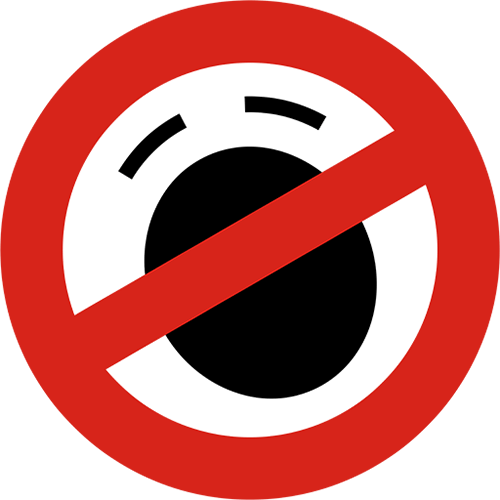
Noch keine Kommentare